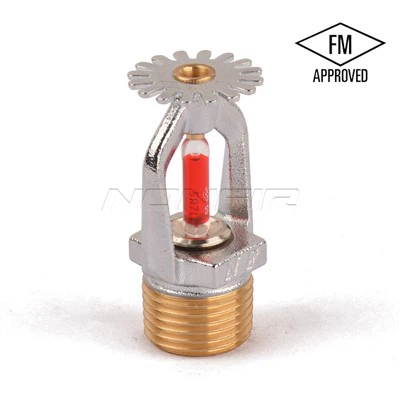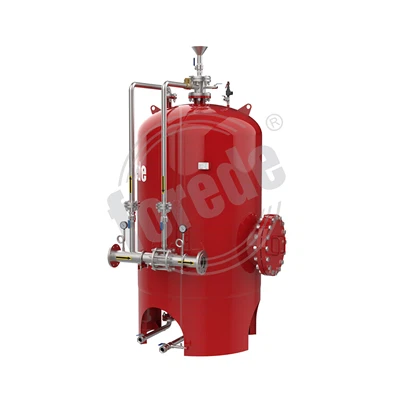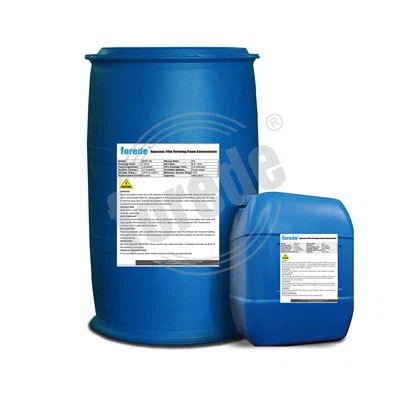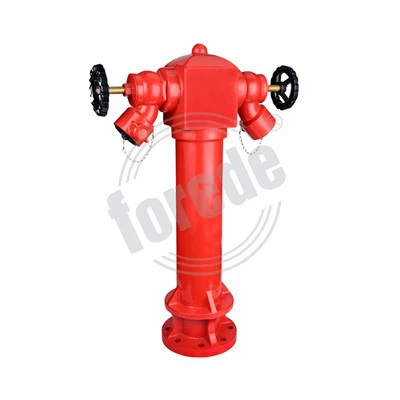
Dry Fire Sprinkler Introduction
Fire sprinkler systems are an essential component of fire safety measures in buildings and facilities. They work by detecting a fire and automatically spraying water to extinguish it before it spreads and causes significant damage. However, there is another type of fire sprinkler system known as a dry fire sprinkler system.
Dry fire sprinkler systems are designed for use in areas where freezing temperatures may be a concern. These systems do not have water sitting in the pipes ready to be released at the first sign of a fire. Instead, they are filled with pressurized air or nitrogen, which keeps the water out of the pipes until a fire is detected. When a fire does occur, the air pressure drops, allowing the water to flow through the pipes and extinguish the fire.
Dry fire sprinkler systems are ideal for use in unheated areas such as warehouses, storage facilities, and parking garages. They provide the same level of fire protection as traditional wet systems without the risk of pipes freezing and bursting in cold weather. Additionally, dry fire sprinkler systems are cost-effective and low-maintenance, making them a practical choice for many businesses and property owners.
In conclusion, dry fire sprinkler systems are a valuable asset for fire protection in buildings and facilities. They provide peace of mind knowing that in the event of a fire, the system will activate and help prevent extensive damage and potential harm to occupants. By investing in a dry fire sprinkler system, property owners can minimize the risk of fire-related incidents and ensure the safety of everyone in the building.
Dry Fire Sprinkler System Introduction
1. What is a Dry Fire Sprinkler System?
A dry fire sprinkler system is a type of automatic fire suppression system that is specifically designed for environments where the pipes are at risk of freezing. Unlike wet systems, which keep water in the pipes at all times, dry systems are filled with pressurized air or nitrogen. Water is held back at a special valve and only enters the piping when a fire is detected.
2. How It Works
The piping network is filled with compressed air or gas, not water.
A dry pipe valve separates the air-filled pipes from the water supply.
When a fire occurs, the heat activates one or more sprinkler heads.
This releases the air pressure, which allows the valve to open.
Water then rushes into the pipes and discharges through the open sprinkler heads to suppress the fire.
3. Where It Is Used
Dry sprinkler systems are typically installed in unheated or cold environments, such as:
Parking garages
Warehouses
Loading docks
Unheated storage areas
Freezers or cold rooms
Attics or crawl spaces in cold regions
4. Key Components
Dry Pipe Valve: The control valve that holds back water until the system is activated.
Air Compressor or Nitrogen Generator: Maintains air or gas pressure in the pipes.
Sprinkler Heads: Activate when they detect sufficient heat from a fire.
Quick-Opening Devices: Optional devices that help speed up valve operation for faster water delivery.
Supervisory System: Monitors air pressure and valve conditions, often integrated with a fire alarm panel.
5. Advantages
Prevents Pipe Freezing: No water sits in the pipes until needed.
Automatic Operation: Detects and responds to fire without manual intervention.
Selective Activation: Only the sprinklers near the fire activate, limiting water damage.
Safe for Cold Environments: Ideal for regions or spaces subject to freezing temperatures.
6. Limitations
Slower Response Time: Water takes longer to reach the fire than in a wet system.
Higher Installation and Maintenance Costs: Requires additional components like air compressors.
Complexity: More components mean more potential maintenance issues.
Limited Application: Not suitable for every building type, especially where faster response is critical.
7. Maintenance Requirements
Regular inspections and maintenance are essential for reliable operation:
Weekly: Check air pressure and valve conditions.
Quarterly: Inspect system components and test alarms.
Annually: Perform full system tests, including valve trip tests and sprinkler head inspections.
8. Conclusion
The dry fire sprinkler system is a critical solution for fire protection in areas at risk of freezing. Though slightly more complex and slower than wet systems, its ability to provide fire suppression without the risk of frozen pipes makes it indispensable in many industrial and commercial settings. Proper design, installation, and maintenance ensure its effectiveness when it matters most.




















